Sezary Syndrome Vs Mycosis Fungoides
Sezary syndrome vs mycosis fungoides. T1b plaque - patch. Sezary syndrome SS is classically defined as the triad of erythroderma generalized lymphadenopathy and the presence of malignant T-cells in the skin lymph nodes and peripheral blood. May further stratify into T1a patch only vs.
A characteristic of Sézary cells is an abnormally shaped nucleus described as cerebriform. Reported results of PD-1 staining in MF and SS are however conflicting. IVB T1-4 N0-3 M1 B0-2.
Therapeutic approach and outcome in 113 patients. Mycosis fungoides and Sézary syndrome are diseases in which lymphocytes a type of white blood cell become malignant cancerous and affect the skin. Sézary syndrome is an aggressive form of a type of blood cancer called cutaneous T-cell lymphoma.
MF patients at risk of disease progression can now be identified and an international consortium has been established to address the prognostic relevance of specific biologic factors and define a prognostic index. Advanced mycosis fungoides MF and Sézary syndrome SS are forms of cutaneous T-cell lymphoma characterized by a poor prognosis. HTLV-1 is estimated to affect 20 million people worldwide and in 5 of carriers it produces Adult T-Cell LeukemiaLymphoma ATLL which can often masquerade and present with classic erythematous pruritic patches and plaques that are typically seen in Mycosis Fungoides MF and Sézary Syndrome SS the most recognized variants of Cutaneous T-Cell Lymphomas CTCL.
While most patients with early-stage mycosis fungoides MF follow an indolent course patients with advanced-stage MFSézary syndrome SS have a poor prognosis with a median survival of less than 5 years. Mycosis fungoides MF is the most common primary cutaneous T-cell lymphoma variant and is closely related to a rare leukemic variant Sézary syndrome SS. B This immunophenotype is not specific but can assist in the distinction from nonneoplastic T cells and other subtypes of mature Tcell neoplasm.
PD-1 is a marker of follicular helper T TFH cells and is expressed by the neoplastic T cells of some types of malignant T-cell lymphoma including mycosis fungoides MF and Sézary syndrome SS. In Sézary syndrome cancerous T-cells are found in the blood. Patches papules or plaques covering 10 or more of the skin surface.
Limited patches papules andor plaques covering less than 10 of the skin surface. Although there are a number of treatments currently available achieving and maintaining a durable response remain challenging especially in.
PD-1 is a marker of follicular helper T TFH cells and is expressed by the neoplastic T cells of some types of malignant T-cell lymphoma including mycosis fungoides MF and Sézary syndrome SS.
Anadolu RY Birol A Sanli H Erdem C Türsen U Int J Dermatol 2005 Jul447559-65. A characteristic of Sézary cells is an abnormally shaped nucleus described as cerebriform. Sézary syndrome is an aggressive form of a type of blood cancer called cutaneous T-cell lymphoma. HTLV-1 is estimated to affect 20 million people worldwide and in 5 of carriers it produces Adult T-Cell LeukemiaLymphoma ATLL which can often masquerade and present with classic erythematous pruritic patches and plaques that are typically seen in Mycosis Fungoides MF and Sézary Syndrome SS the most recognized variants of Cutaneous T-Cell Lymphomas CTCL. IVA2 T1-4 N3 M0 B0-2. Detection of clonal T-cell receptor gene rearrangements in early mycosis fungoidesSezary syndrome by polymerase chain reaction and denaturing gradient gel electrophoresis PCRDGGE J Invest Dermatol 103 1994 pp. Anadolu RY Birol A Sanli H Erdem C Türsen U Int J Dermatol 2005 Jul447559-65. In Sézary syndrome cancerous T-cells are found in the blood. Patches papules or plaques covering 10 or more of the skin surface.
A sign of mycosis fungoides is a red rash on the skin. T1b plaque - patch. Mycosis fungoides and Sézary syndrome are types of cutaneous T-cell lymphoma. Patients usually present with an abrupt onset of itching and non-specific erythroderma. HTLV-1 is estimated to affect 20 million people worldwide and in 5 of carriers it produces Adult T-Cell LeukemiaLymphoma ATLL which can often masquerade and present with classic erythematous pruritic patches and plaques that are typically seen in Mycosis Fungoides MF and Sézary Syndrome SS the most recognized variants of Cutaneous T-Cell Lymphomas CTCL. A sign of mycosis fungoides is a red rash on the skin. IVB T1-4 N0-3 M1 B0-2.



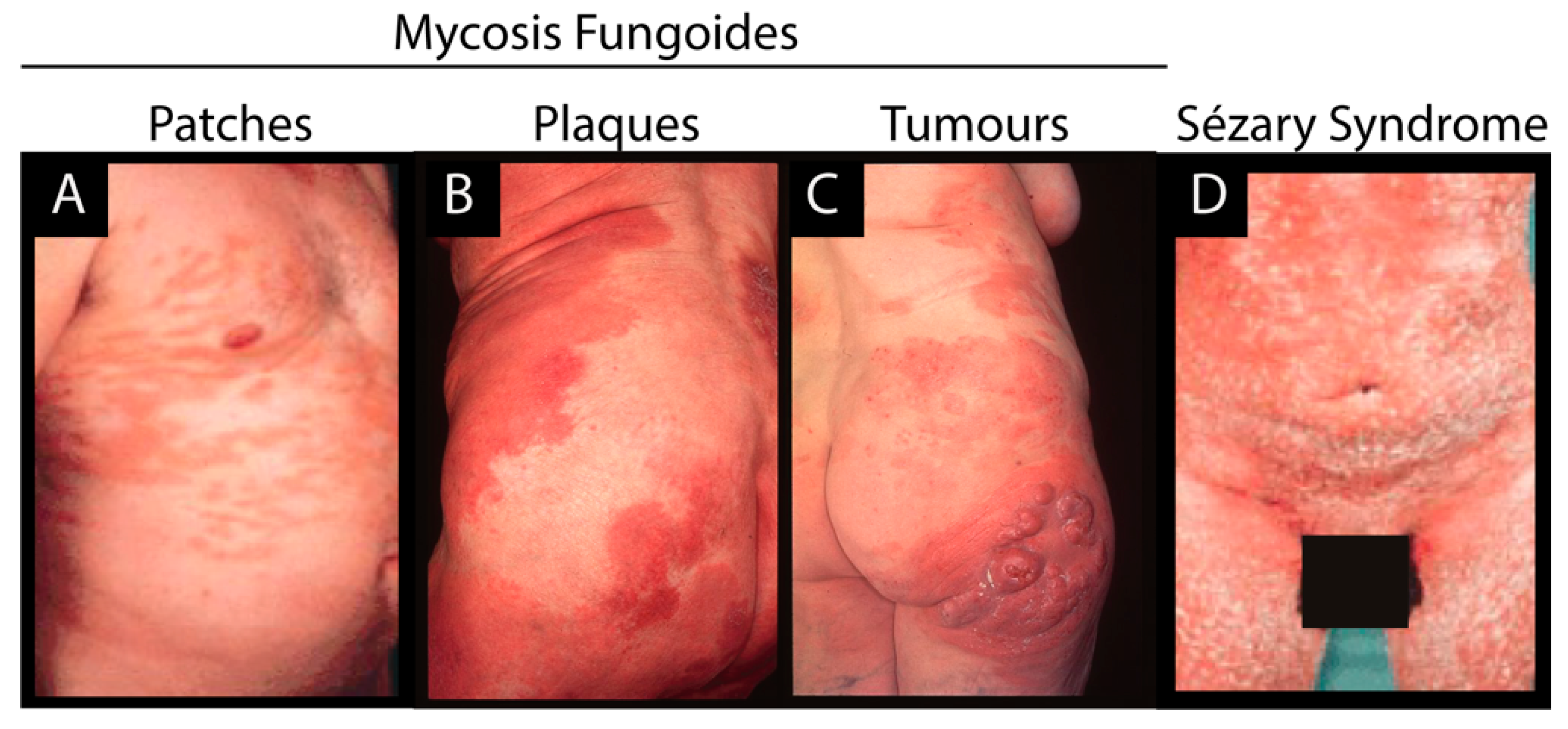




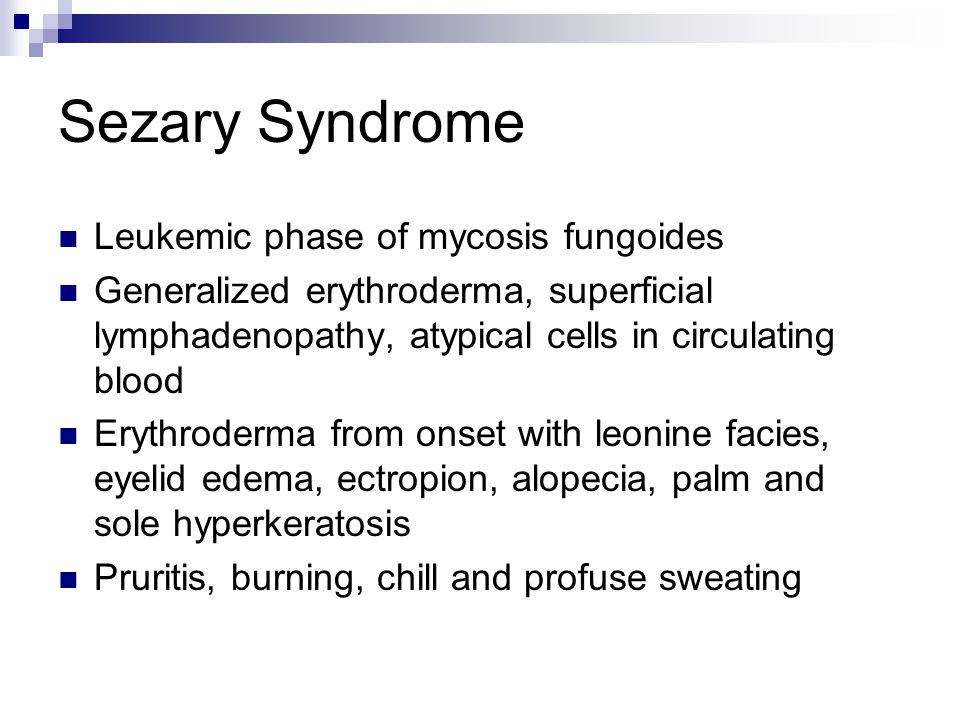

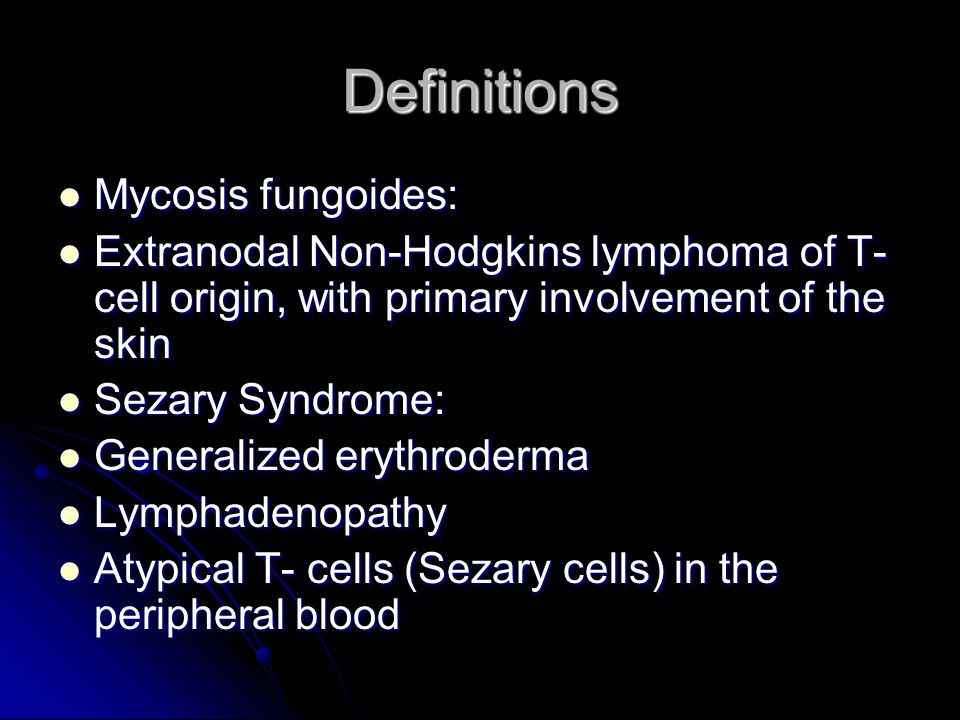

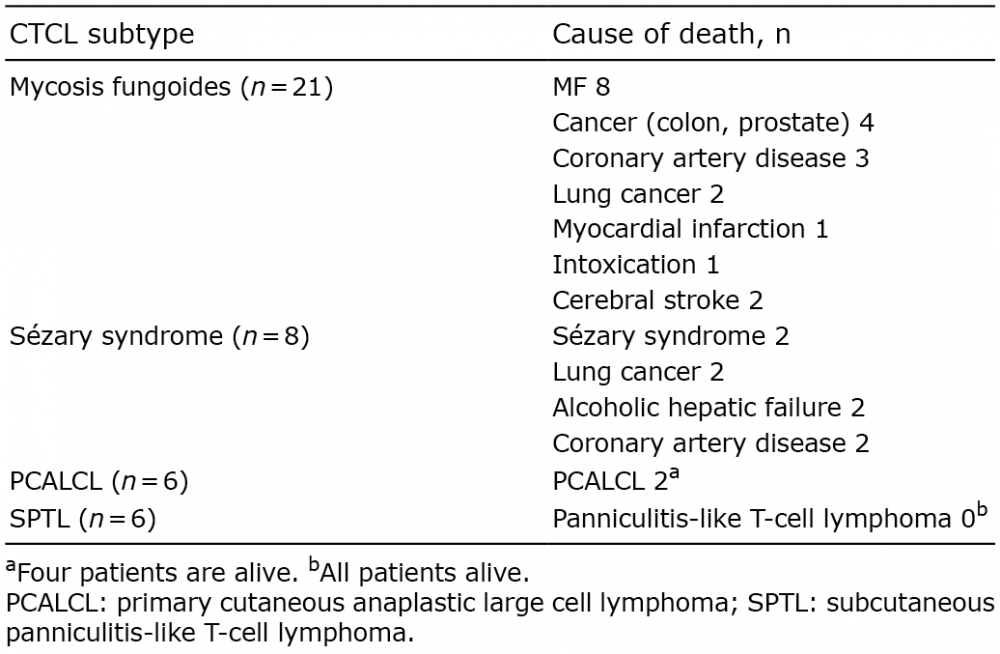


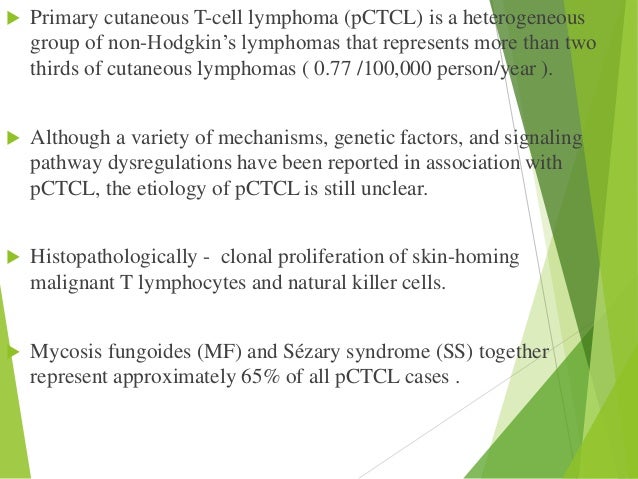






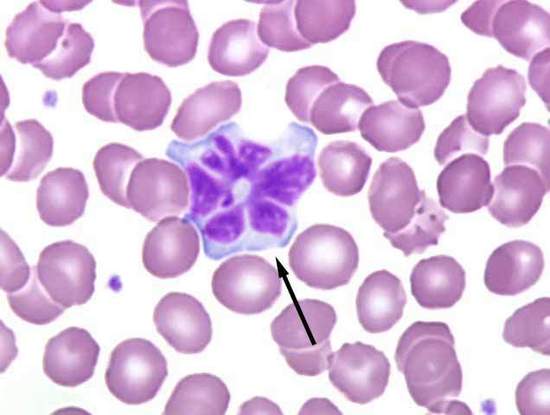
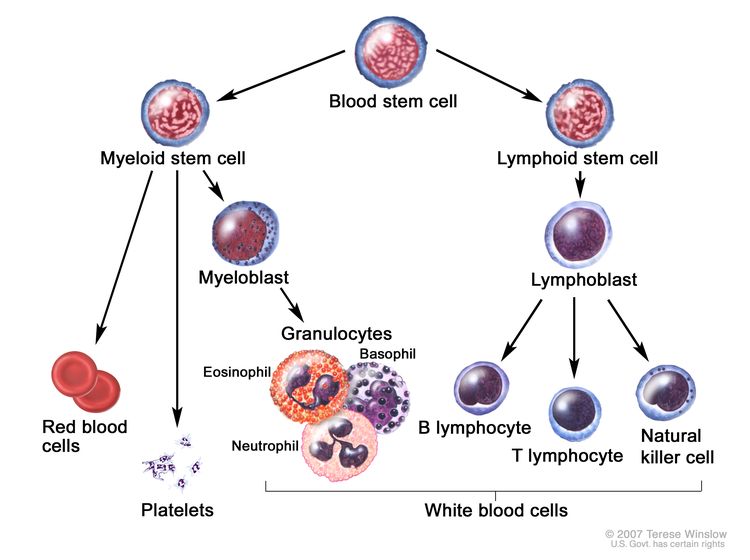



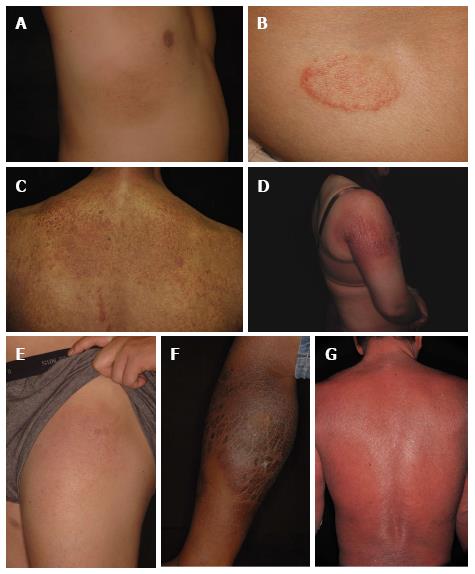

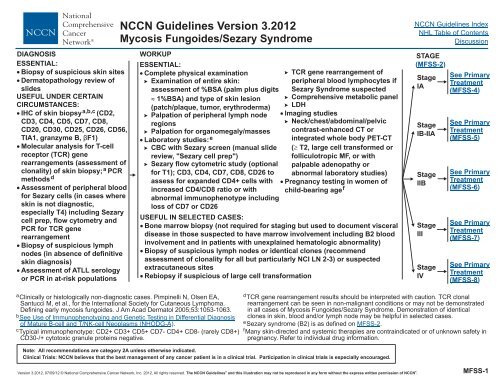







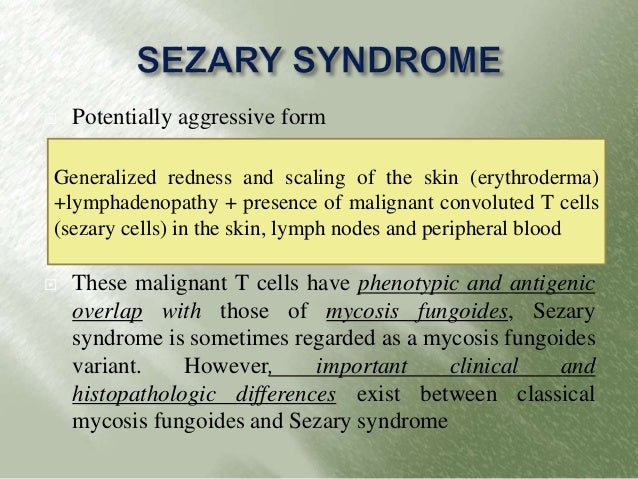





Post a Comment for "Sezary Syndrome Vs Mycosis Fungoides"